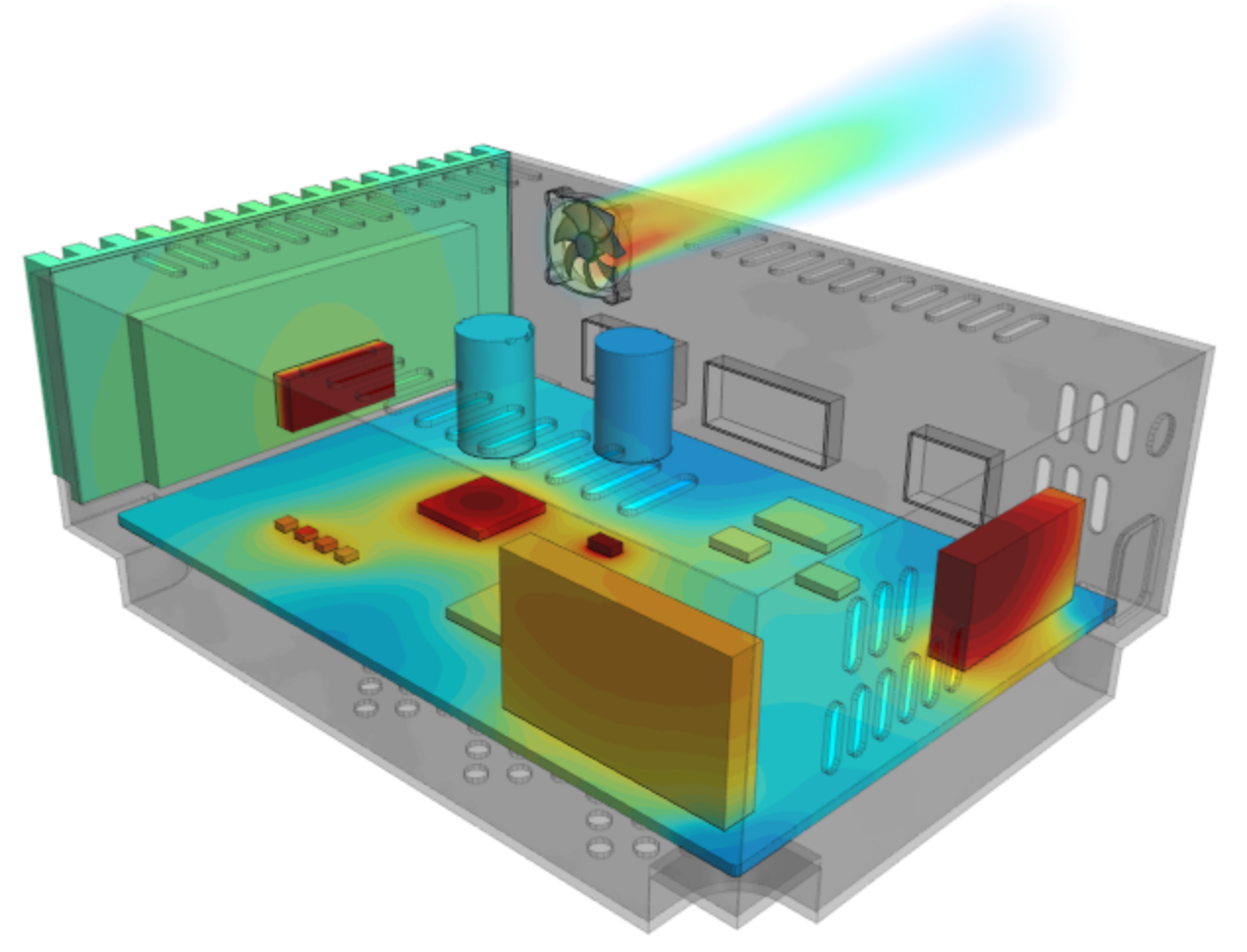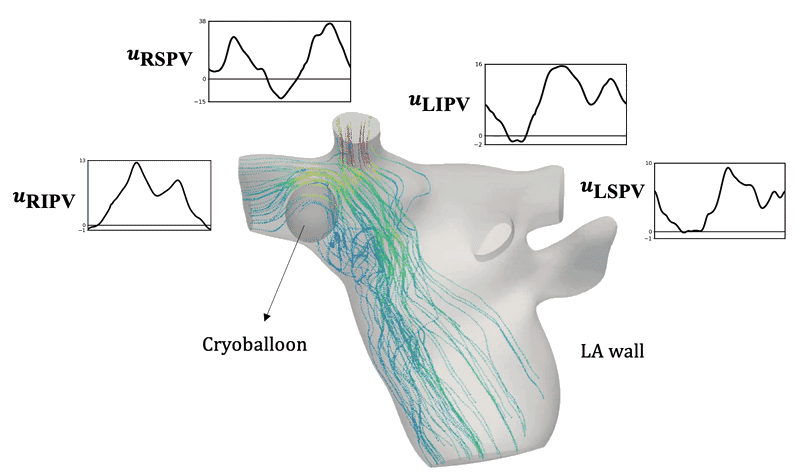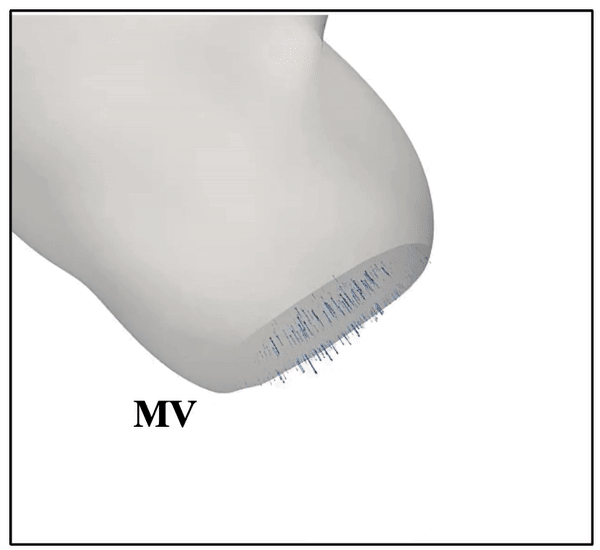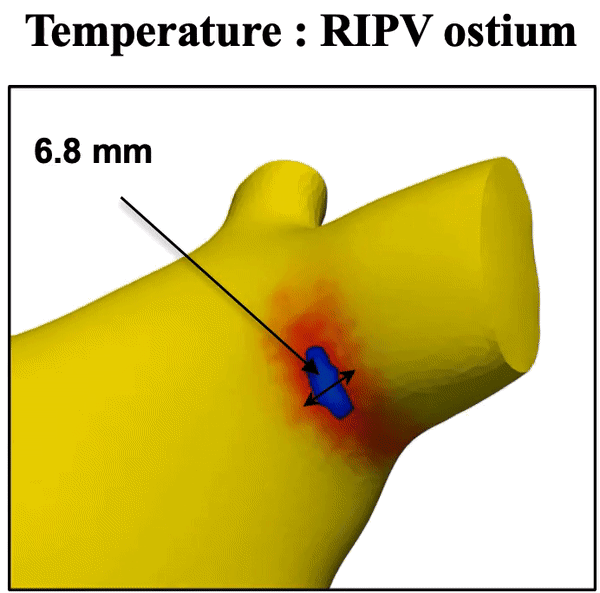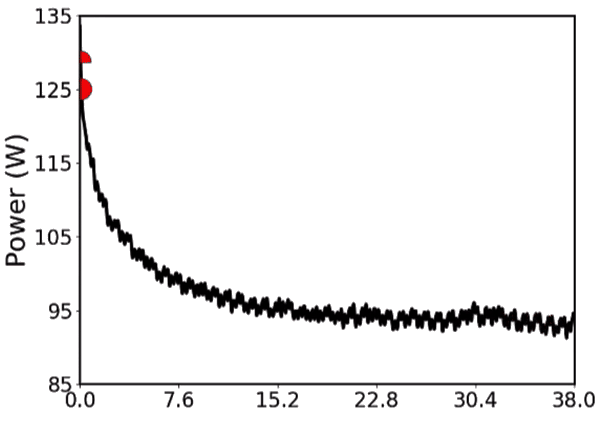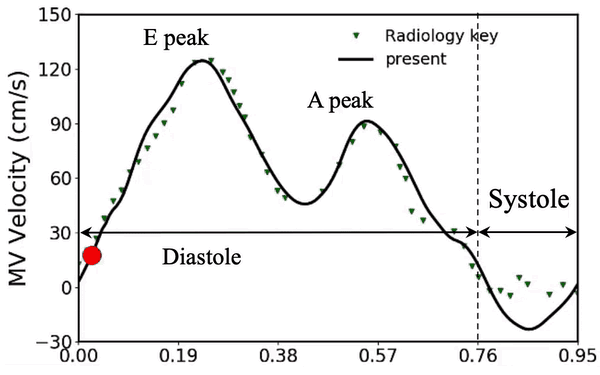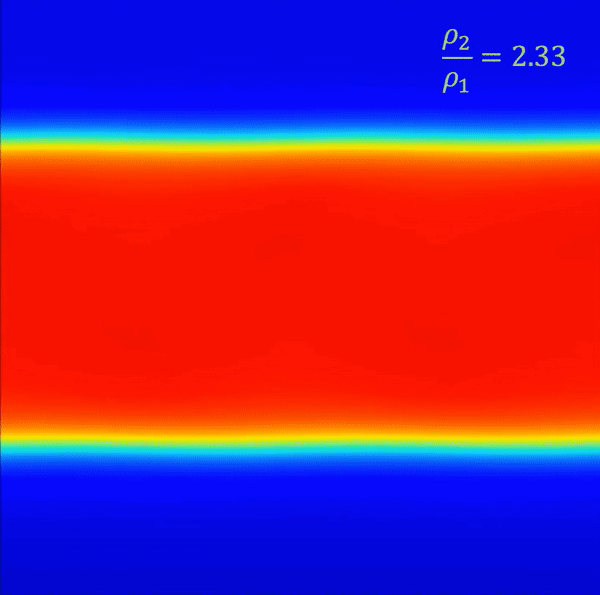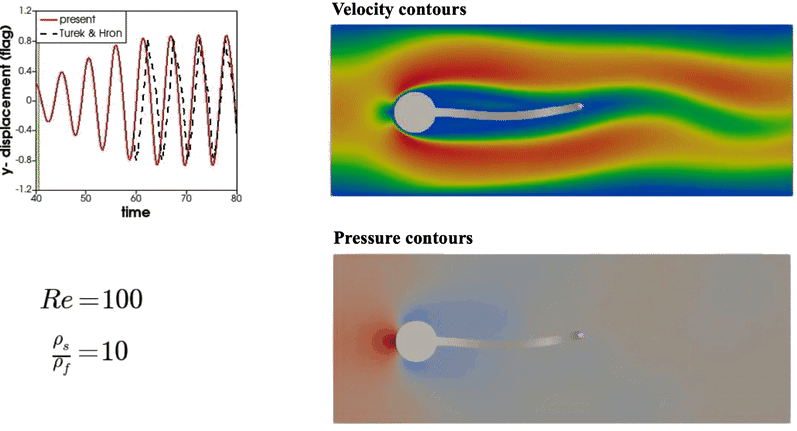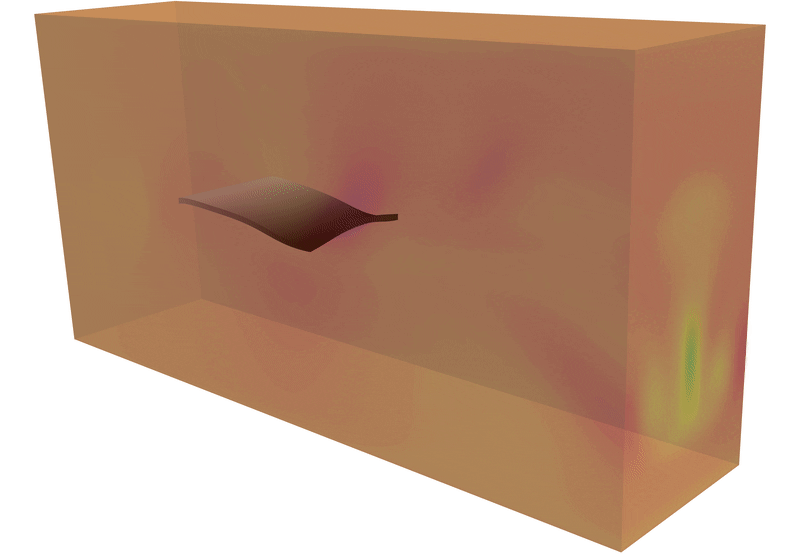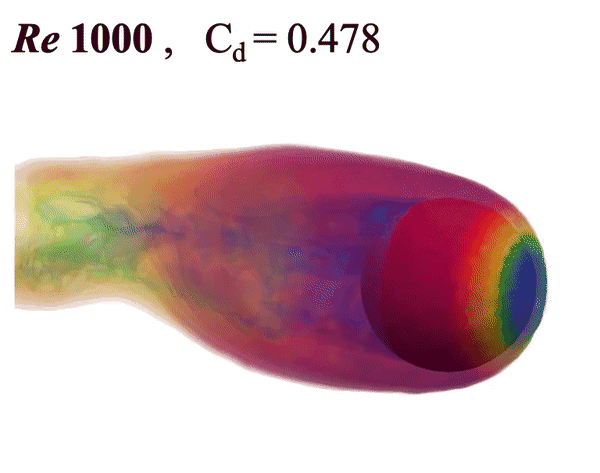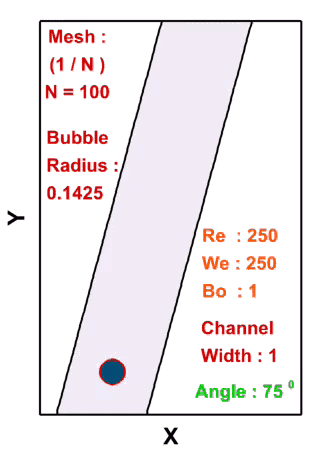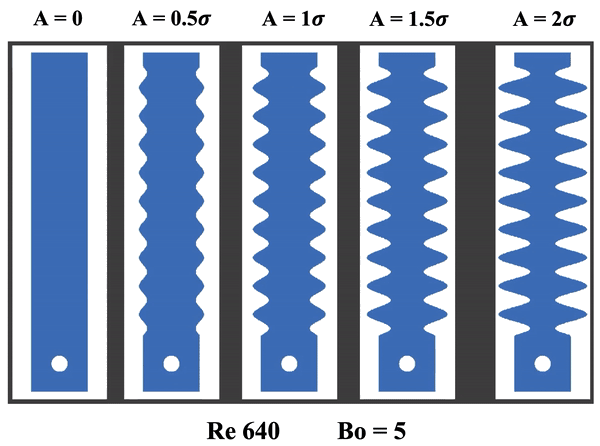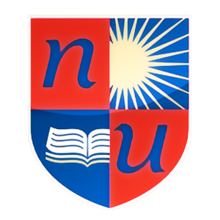Tejas Patel
Hi, welcome to my personal CFD gallery. Professionally, I have over 7 years of experience in researching diverse fluid flows. My competence lies in studying thermal & physical fluid flow problems. I am also proficient in the post-analysis and development of CFD softwares / numerical codes.
At present, I am a CFD Senior Research Engineer in the Applications Team at Convergent Science Inc. in Madison, Wisconsin. Before this, I was a Ph.D. student in the Mechanical Engineering department at Michigan State University where I worked conjointly as a researcher in the Computational Biomechanics Lab under Dr. Lik Chuan Lee and the Complex Fluids Lab under Dr. Tong Gao.
What interests me? Fluid structure interactions, aerodynamics/aeroelasticity of vehicle/bikes components, wind-tunnel testing, flow turbulence, shallow-water waves and bio-physical, multiphase and compressible flows.
Enjoy my CFD archive and feel free to reach out with job opportunities, consultation or if you want to simply talk fluids.
